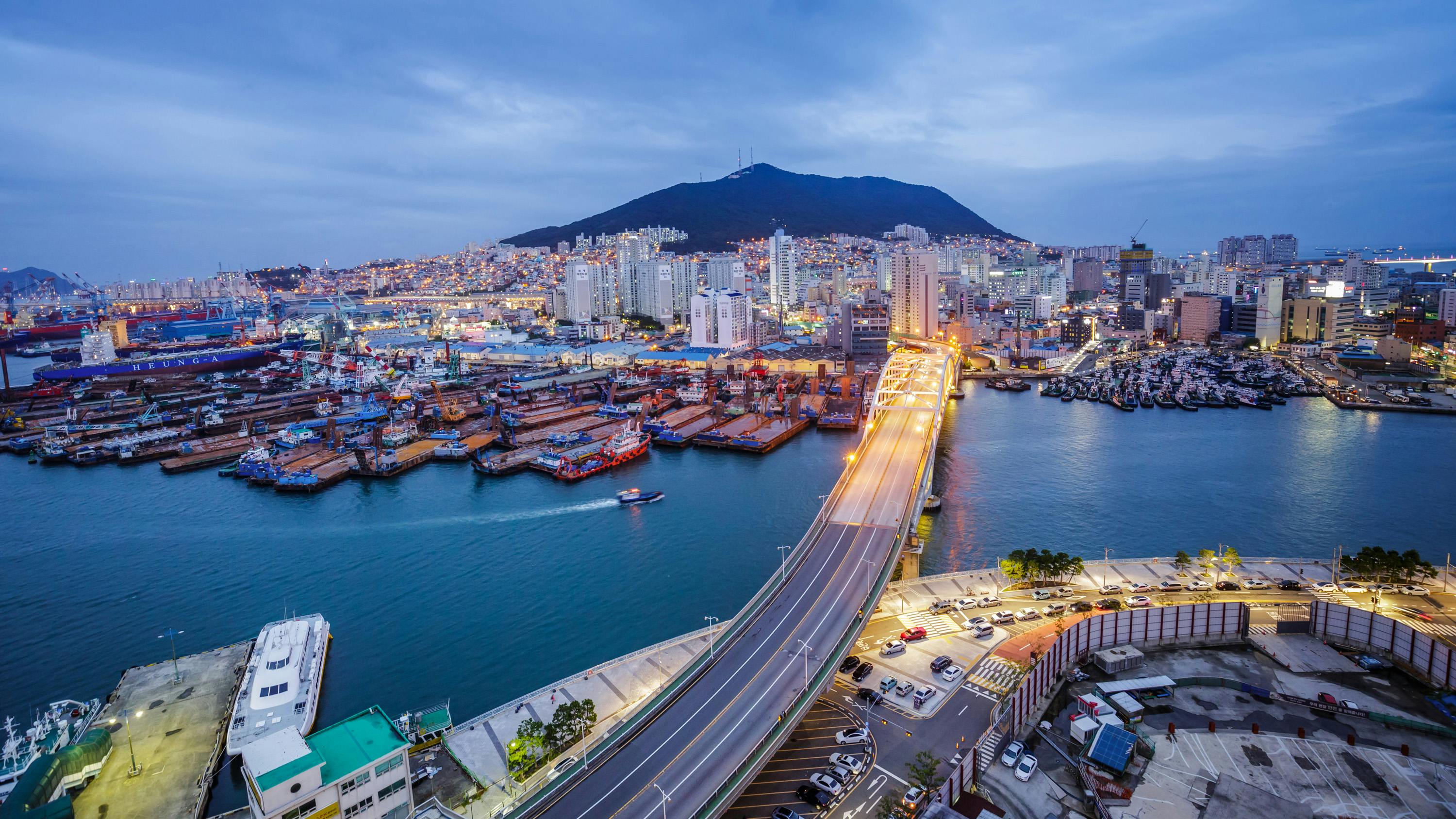Our Guide to Busan, Korea’s Best City for Sun, Sand, Culture and Cuisine
Seoul has a habit of stealing the spotlight when it comes to a first adventure in Korea, thanks partly to the global popularity of K-pop music, Korean TV shows and films in which the capital city often plays a prominent role as the backdrop of all things Korea.
But ask any South Korean or frequent visitor, and you’ll undoubtedly be advised to make your way southeast to Busan.
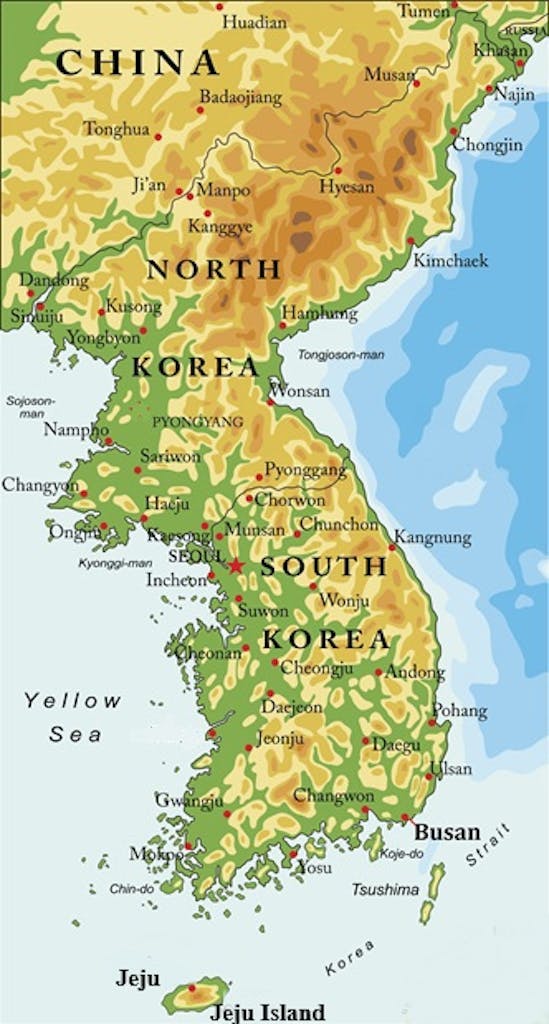
For context, imagine the amalgamation of San Francisco with the tropical vibes of Honolulu, all bathed in the neon energy of Seoul. Even though more than 3 million residents call Busan home, the city manifests a slower lifestyle, perhaps thanks partly to the ebb and flow of the ocean.
The city’s history is tied to its strategic location. Established as a significant trading outpost, Busan quickly blossomed into South Korea’s gateway for global trade. This role intensified during the 1950-53 Korean War, when Busan was the provisional capital, functioning as a logistical hub.
Even with modernization, Busan retains many of the bustling markets and historic quarters that offer travelers not only an entrée to South Korean lifestyle but also opportunities to become a participant, especially for cruise visitors craving cultural immersion, gastronomic delights and leisurely and scenic opportunities.
“Busan is where we go to escape Seoul,” a friend once told me. Even if all I’ve got is the weekend, a couple of days in Busan with its coastal air, wide beaches and local seafood is recuperative.”
Busan can be judged on its own merits. The city shares a glimmering mosaic of skyscrapers (like its more populous inland sibling), but Busan is also defined by its coastline. Connected by cliffside‑hugging roadways, the city operates as South Korea’s perennial seaside playground where visitors arrive to relax across stretches of sandy beaches, lounge at luxurious resorts and dine with the waning glimmer of the sunset before Busan’s nightlife reveals itself.
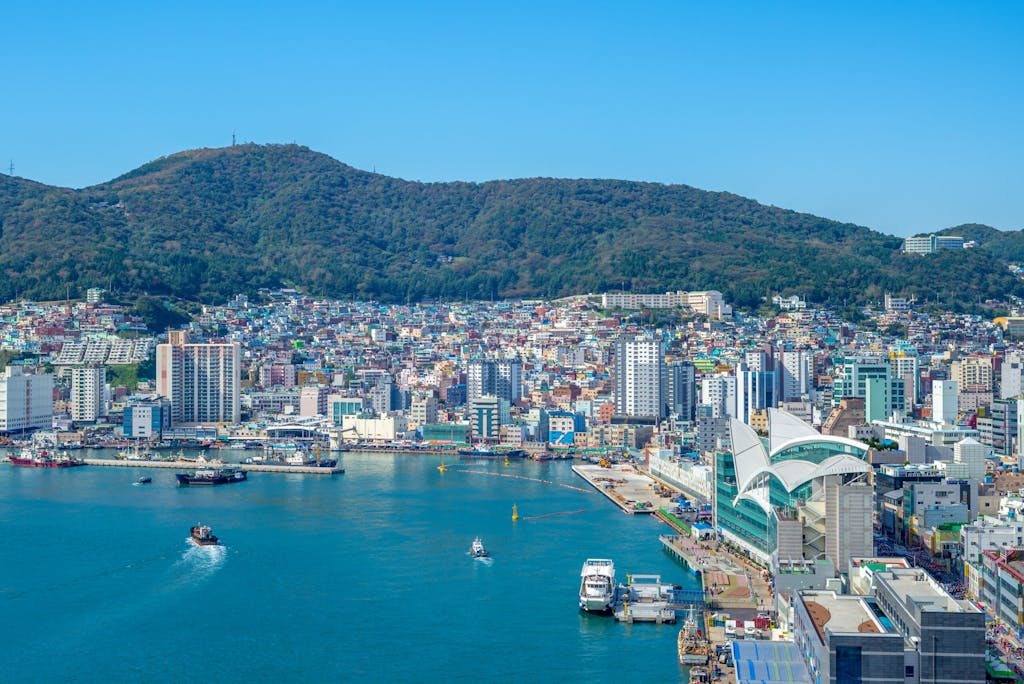
Start your day here
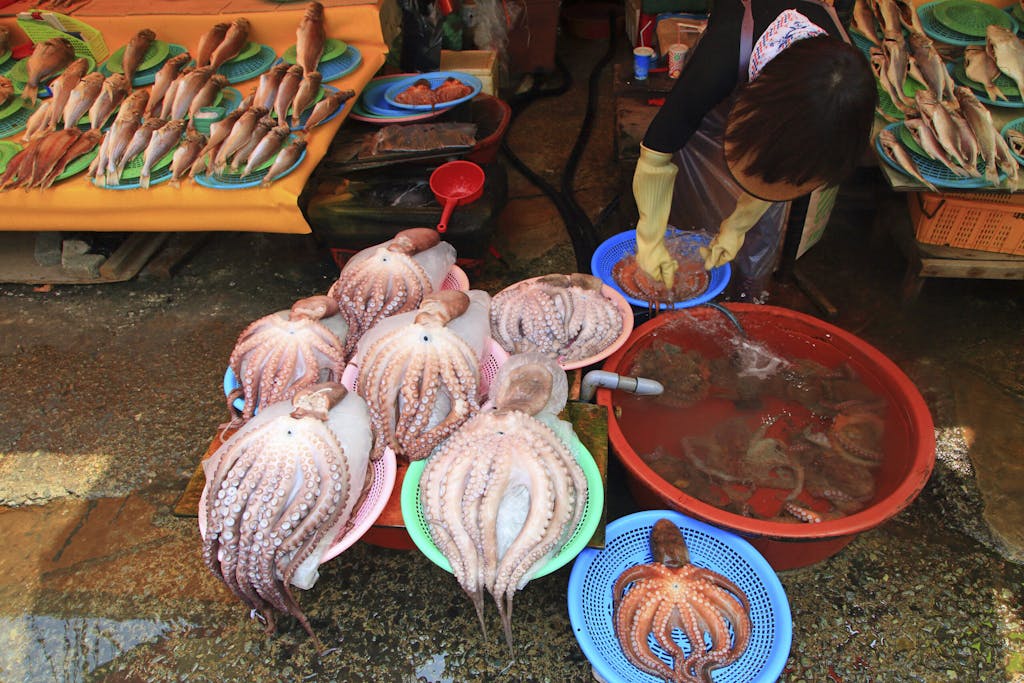
Start at the iconic Jagalchi Fish Market, South Korea’s largest seafood market. The energy of the oceanic marketplace is vibrant. Merchants at countless stalls enthusiastically announce their fresh catches, including giant crab, squirming octopuses and the finest hoe, raw fish that’s similar to Japanese sashimi.
Some stalls allow shoppers to choose freshly caught seafood, have it prepared on the spot, then served to savor at informal benches and tables for a genuine taste of what South Koreans love.
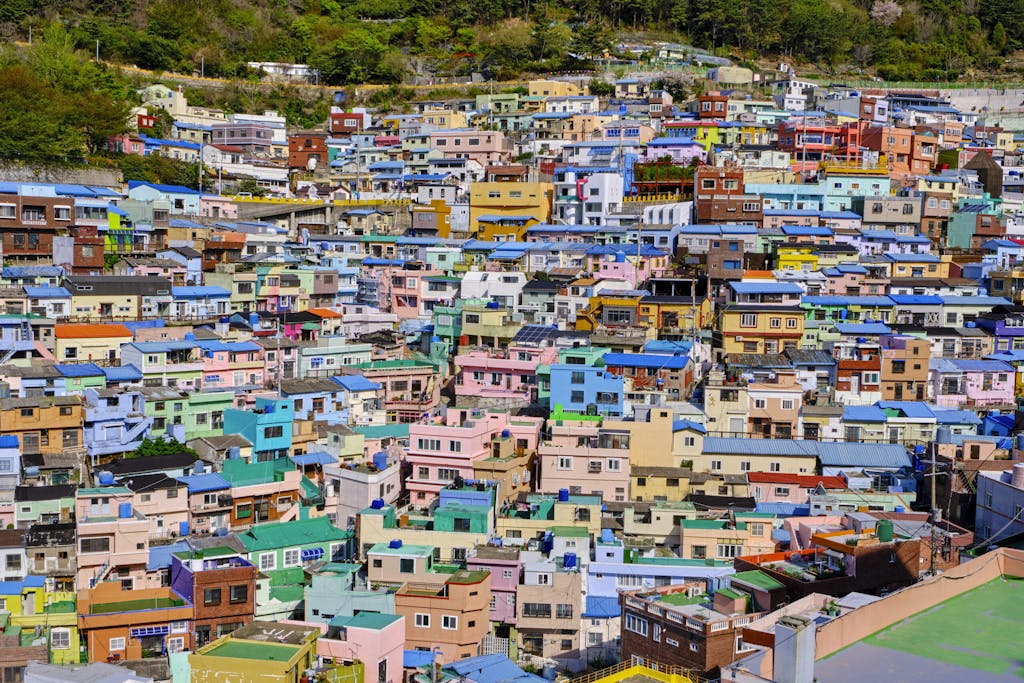
Wander around the winding alleys of Gamcheon Culture Village and you’ll find a charming neighborhood perched on the city’s hillsides. It’s a kaleidoscope of brightly painted houses, bohemian murals and artistic installations, earning the village the nickname “the Santorini of Korea.”
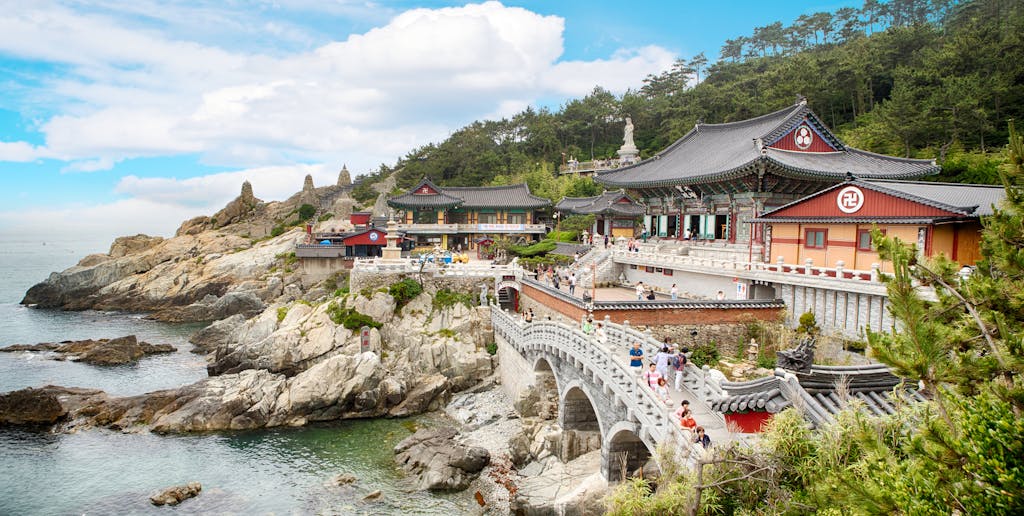
The nearby sanctuary of Haedong Yonggungsa Temple plays yin to Gamcheon’s yang symbolized by the blue and red symbols adorning the South Korean flag. Unlike typical temples nestled deep within mountains, Haedong Yonggungsa overlooks the ocean and requires a descent of 108 steps to reach the spiritual sanctuary.
This temple, built in 1376, is mostly postcard-ready during sunrise when the sun gently peeks over the waves, casting golden hues on the temple’s intricate carvings and statues.
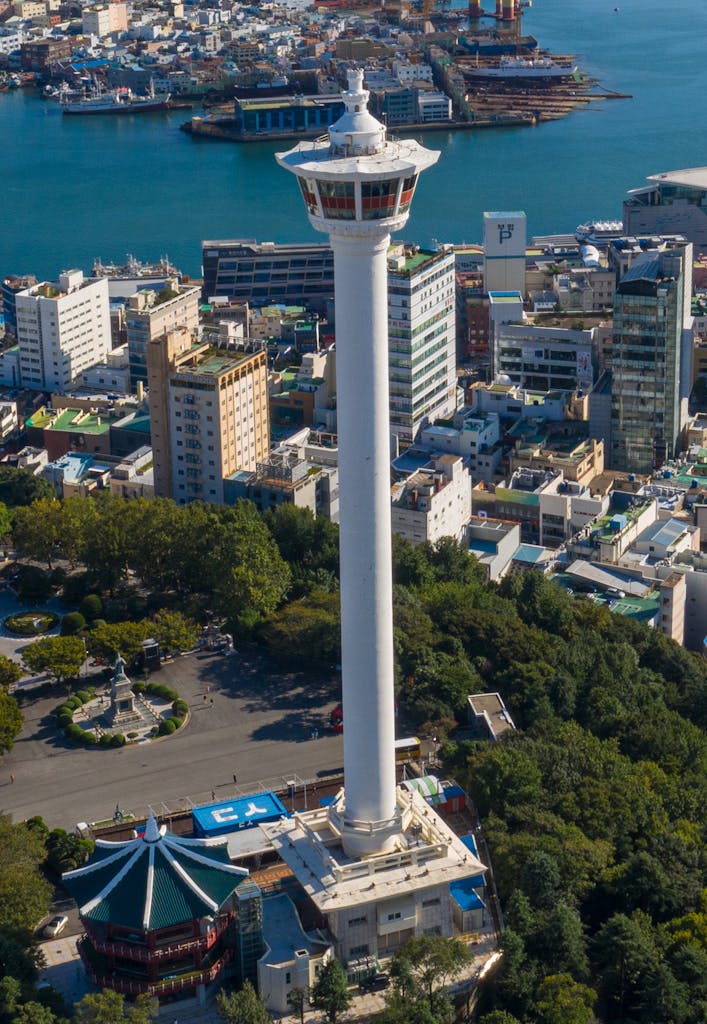
Those seeking a different perspective should ascend Busan Tower in Yongdusan Park for its panoramic observation deck. The landmark gives a bird’s-eye view the metropolis, its bustling port and the expansive sea.
Below, the park is commonly animated with street performances and craft stalls, and its cozy benches are ideal for people-watching and relaxation.
A visit to one of the city’s wide stretches of sand is mandatory. You may recognize Haeundae Beach, the city’s best known, as the backdrop for numerous K-drama series and South Korean films.
The beach runs alongside azure waters ideal for sunbathing, swimming or strolling along the lively promenade.
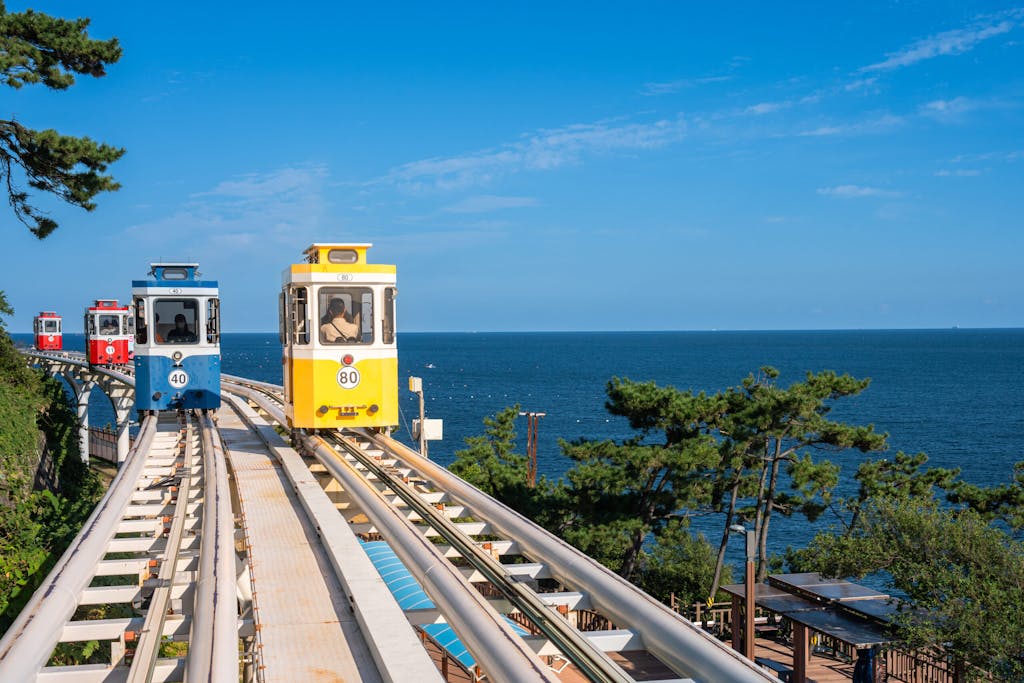
Nearby the Haeundae Blueline Park operates the Haeundae Beach Train and Haeundae Sky Capsule, giving visitors different vantage points from which to admire the view.
Across from Haeundae, I found myself elbow-to-elbow at a seafood buffet with Busan-based Lotte Giants baseball players, the sort of random yet memorable encounter made that’s possible thanks to the vast number of eateries and cafes embroidering the shore. The diverse menu choices, includes grilled local seafood and stews as well as such South Korean street food favorites such as tteokbokki (spicy rice cakes) and hotteok (sweet pancakes).
Surf, sand and shopping
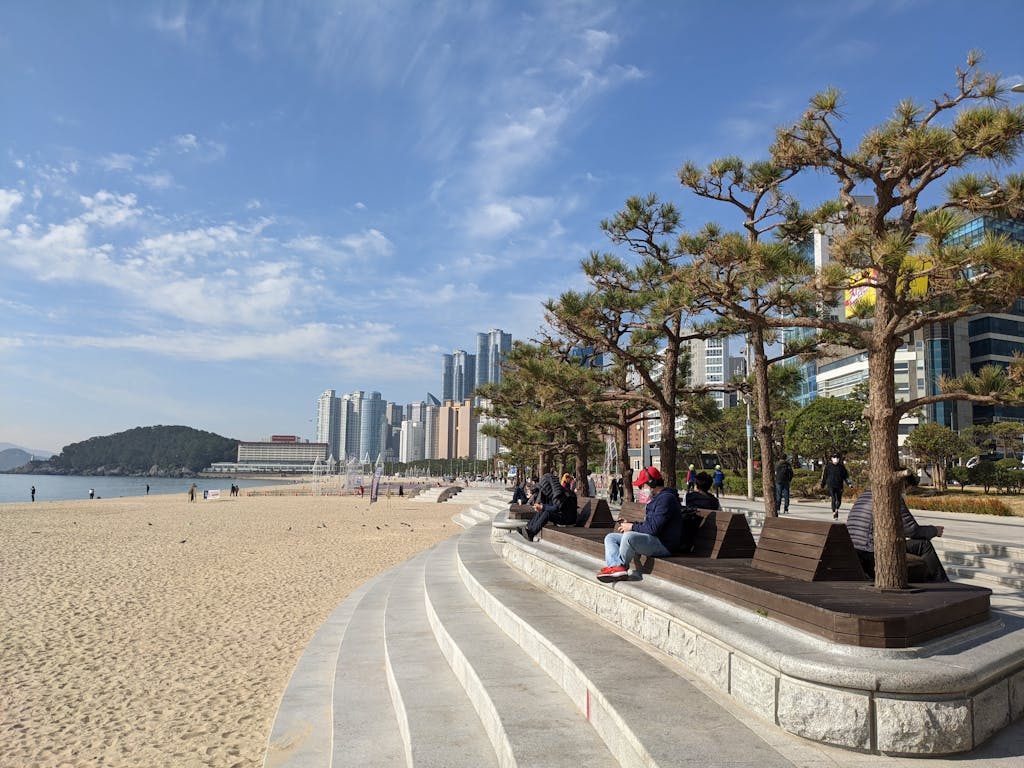
If you’re seeking quieter shores, Gwangalli Beach offers a laid-back vibe alongside unbeatable views of Gwangan Bridge. At night, the beach transforms into a luminous landmark in which the bridge plays a starring role for the city’s pulsing nightlife.
History enthusiasts will find Busan’s modern past thoughtfully preserved at the UN Memorial Cemetery, the only United Nations cemetery dedicated to soldiers who sacrificed their lives during the Korean War. It’s serene, solemn reminder of duty to country.
Equally compelling for culture buffs is the Busan Museum, which chronicles the city’s journey from ancient times to its contemporary cosmopolitan identity. The museum’s collection includes ancient Korean pottery, royal artifacts and detailed narratives about Busan’s maritime heritage and thus a leisurely way to learn about Busan’s past in full appreciation of its present.
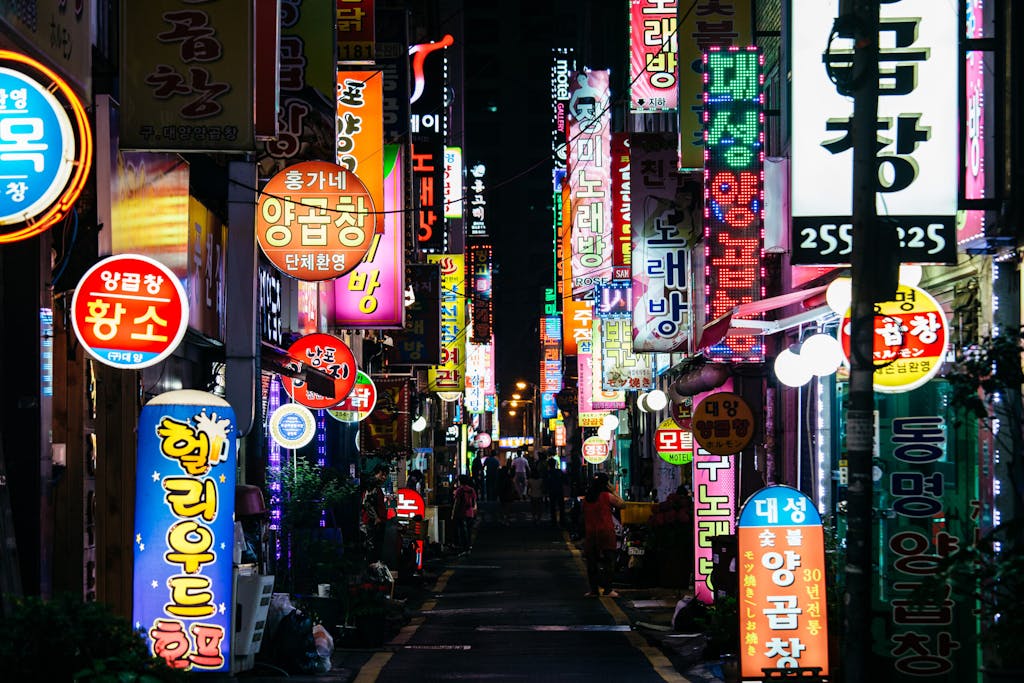
If you’re hankering to take something home, try souvenir hunting in Nampo-dong, the renowned shopping district that stretches across alleys, side streets and underground. This is where you can shop for a South Korean 10-step skin care routine, antiques, trendy fashion and more than a few stalls peddling designer knock-offs all at prices much less than in Seoul.
Cinephiles visiting in September should book tickets in advance for the annual BUSAN International Film Festival, celebrating a milestone anniversary after 30 years.
Speaking of the world of entertainment, 2025 has awarded Busan a fresh pop‑culture halo, all thanks to the internationally acclaimed Netflix hit series “When Life Gives You Tangerines.” The time‑spanning romance primarily flits between Jeju Island and Seoul, but Busan is a memorable backdrop during the series’ earliest episodes, enticing fans to retrace the romantic protagonists’ footsteps.

This story was created in partnership with Korea Tourism Organization
